Visionary director Christopher Nolan is undoubtedly one of the great cinematic storytellers of our time. From his work on The Dark Knight trilogy to Interstellar, and his latest film, Oppenheimer, Nolan has created some of the most lauded and popular films in recent memory. Known for his complex characters, intricately detailed plot lines, and commitment to cinematic excellence, this director has captured audiences of all kinds, and managed to impress even the snobbiest of film critics.
Nolan’s latest film, the biographical drama, Oppenheimer, has opened to yet more success, winning over critics and audiences alike with a 94% critics rating and 92% audience rating on Rotten Tomatoes at the time of writing. Considering the outstanding work that Nolan has become known for, though, this is no surprise. Each film this director makes is filled with excellent moments that demonstrate his talent in one way or another, whether twisting the plot into knots or establishing a beautiful setting or unforgettable character.
In light of his latest success, let’s examine some of these moments from Nolan’s work over the years, moments that make it clear that creating cinematic masterpieces is just another day at the office for this director.
10 The Plan – Following
This plot twist in Christopher Nolan’s first feature film helped to establish a trend that has become something of a signature for the director. Following is a film that is full of twists and turns, but the final reveal of Cobb’s plan pays off on numerous blink-and-you-miss-it moments that are peppered throughout the film. Not only does this twist surprise the audience, but it adds depth to many of the actions preceding it, and marks Cobb as a more cunning character than one may have expected up to that point.
Not only does this moment elevate Following as a film, but it establishes one of Christopher Nolan’s trademarks as a director. Many of his following films have masterfully deployed similar types of plot twists to tie their stories together and elevate the movie to a higher level. While Following may be Nolan’s first feature film, and certainly not his most famous work, it features some of the hallmarks that the director has developed over his career that make his work truly stand out.
9 Oh, I’m chasing this guy. Nope. - Memento
Memento is an interesting film with a premise that allows for several great moments of cinematic storytelling. Following Leonard Shelby’s hunt for the man who killed his wife, the film features dual segments that take place in a backwards chronology, a novel approach that Nolan employs to create a suspenseful and entertaining thriller. The protagonist’s amnesia provides a unique twist on the typical revenge plot, and sets up moments in the movie that make it stand out as a truly original piece.
In this particularly noteworthy scene, Leonard is running when his memory goes, and he must piece together what is going on in the moment. The audience gets to hear the thought process as Leonard assesses the situation, originally assuming that he is the one doing the chasing before quickly realizing his mistake and doing a quick, somewhat humorous about-face. This moment is made all the better by the deadpan delivery of Leonard’s thoughts, courtesy of Guy Pearce.
8 Joker’s Interrogation – The Dark Knight
In the world of blockbuster superhero films, moral debates are typically handled in fantastical ways or with spectacular CGI battles made up of somewhere between 10 and 10,000 cuts. Nolan’s take on the contrasting philosophies of Batman and The Joker, though, was a notable exception. The Dark Knight's tense yet composed scene allowed the two characters to sit down and discuss their views in an atypically civilized manner. The bare interrogation room is a brilliant setting for this debate, which keeps the focus on the characters and their contrasting philosophies.
Ledger’s Joker is especially outstanding in this scene, demonstrating a composed, surprisingly logical method to his madness which greatly enhances the depth of his character. Batman, on the other hand, gets the rare opportunity to interrogate this vicious and violent criminal mastermind in a capacity that allows the full extent of his mental state to be revealed. This debate touches on their opposing views of the world around them, bringing both characters into sharper focus and setting up the true conflict of the film, a conflict which transcends the genre with nuance, subtlety, and absolutely brilliant storytelling.
7 Foggy Chase – Insomnia
This scene, setting up a major conflict in Nolan’s remake of the European film Insomnia, is a brilliantly performed part of the film. Mirroring the hazy state of mind that the involved characters find themselves in while hunting for a vicious killer, the heavy fog lends suspense to the scene, and the ultimate result drives a major point of the movie from then onward. Al Pacino’s performance as Will Dormer in this scene is excellent, as the stress and tension of the situation overwhelms him, escalating the film’s stakes.
From here, the film takes a darker tone, with themes surrounding identity and moral ambiguity playing out through the rest of the run. As the catalyst for the movie’s plot, the chase in the fog is a powerful moment that accelerates the unraveling of the complex and troubled protagonist. Nolan's underrated Insomnia is an excellent thriller, and the scene that sets the plot in motion stands out as one of the best in a film filled with great scenes.
6 Crashing This Plane – The Dark Knight Rises
In the final film of Nolan’s Dark Knight trilogy, Bane is established as a ruthless and cunning nemesis for Batman in the opening scene. Not only does this Dark Knight Rises scene quickly establish that this is a dangerous criminal, but it also puts his tactics on display as he and his henchmen effortlessly accomplish multiple goals through a combination of meticulous planning and brute force. This scene makes it clear that this villain is dramatically different from the foes faced by the caped crusader in the previous films, bringing a level of cold and calculated ruthlessness that is not at all dissimilar from the tactics employed by Batman himself.
Nolan establishes the villain, sets the tone, and plants the seeds of later events in a single opening scene, accomplishing quite a lot in a short amount of time without being overly reliant on exposition. The plan is not immediately explained, the importance of the man who is kidnapped is left for later explanation, and Bane’s motivations are shrouded in mystery. These elements coupled with the brilliant establishing moment go a long way to engaging the audience.
5 Gliding – Dunkirk
In this World War II film, Nolan explores the evacuation of British soldiers in 1940 during Operation Dynamo. A major character in Dunkirk is Farrier, the pilot of a spitfire that is assigned to defend the evacuees from the air, and eventually the last pilot still flying from his group, albeit with a shattered fuel gauge. Throughout the sections of the film focusing on the air, he proves himself to be an incredibly capable pilot; deeply devoted to his mission, he saves hundreds of allied soldiers in the process.
Farrier makes the decision to stay and fight, despite the knowledge that doing so means he will not have enough fuel to manage the return trip home. Ultimately, as expected, he runs out of fuel over Dunkirk in a beautiful and haunting scene. This final moment of his trip shows a calm, collected acceptance of the outcome of his actions as Farrier continues to defend the ships below even while gliding, and raises the morale of the troops below in the process.
4 Years of Messages – Interstellar
In a bleak vision of the future, Christopher Nolan explores the tenacity of humanity through the eyes of Joseph Cooper, the last man to fly into space. In a last desperate attempt to save humanity, Cooper takes on a mission to locate habitable worlds beyond Earth. However, as hard science fiction, Interstellar makes use of scientific principles that line up with many theories of how space travel might work – including time dilation, a phenomenon in which a short amount of time in one place is equal to a much longer span in another thanks to the gravitational force of a nearby black hole.
This sets up the most emotional scene in the film, as Cooper listens back to family messages sent to him over several years which he did not experience, as one year for him would be seven on Earth. The acting in this scene is brilliant, and there are no cuts as the audience sees Cooper’s reactions move across an entire spectrum of emotions until he breaks down crying. It is an emotional blow in the film that has gone on to be one of the most recognized scenes from Interstellar.
3 Revealing the Secret – The Prestige
In Nolan's tale of two rival magicians obsessed with the same trick, the audience is treated to a dark and dangerous take on the consequences of excessive devotion to the craft. As the methods of both men go to greater extremes, it becomes apparent that their dedication to pulling off “The Transported Man” is anything but healthy, and the conflict escalates until the very final reveal of their two very distinct approaches to the act.
This scene pays off the buildup of The Prestige, revealing the dark places that the rival magicians’ obsession with their craft brought them. The twist is perfectly in line with Nolan’s work, and fits in beautifully with the themes and tone of the movie. As the story loops back around, the film delivers a satisfying conclusion which contrasts the twist around the performance, and closes the film out in a clever yet bittersweet way.
2 Brawl in the Hall – Inception
Christopher Nolan is a director that appreciates practical effects almost as much as he loves IMAX, utilizing them whenever possible rather than running to a computer every time his films require something extraordinary to happen. This is the case with the hallway fight scene in Inception, a scene that features zero gravity. The practical effects used to make this scene possible were meticulously brilliant, and the dedication to this approach is impressive.
While modern films often make liberal use of computer generated effects, Christopher Nolan’s approach often follows a more labor-intensive, but far more authentic approach that pays off with spectacular scenes. The hallway fight scene in Inceptionis an incredibly entertaining moment in the film, and an impressive bit of filmmaking from a true master of the craft.
1 Robert’s Guilt – Oppenheimer
The latest of Christopher Nolan’s films follows J. Robert Oppenheimer, the father of the nuclear bomb, as he wrestles with the politics, stress, and ethics surrounding the Manhattan Project. As would be expected of anyone tasked with making such extreme leaps in science, especially with the express purpose of weaponizing it, Oppenheimer is deeply conflicted about his actions and how they will affect the world once the bomb is actually utilized.
Nowhere is the inherent conflict of Oppenheimer's titular character more apparent than in his speech following the deployment of the bomb on Hiroshima and Nagasaki. As he struggles to play the part of proud American scientist, pretending to be enthusiastic about his part in supposedly ending the war, he is plagued by visions of the destruction and death that he knows he has caused. This scene brings the contrast between Oppenheimer’s views and the rest of the public’s into sharp focus, and is brilliantly played by Cillian Murphy, serving to drive home the toll that is taken on the brilliant but arrogant scientist that history would later remember for his part in creating the bomb.


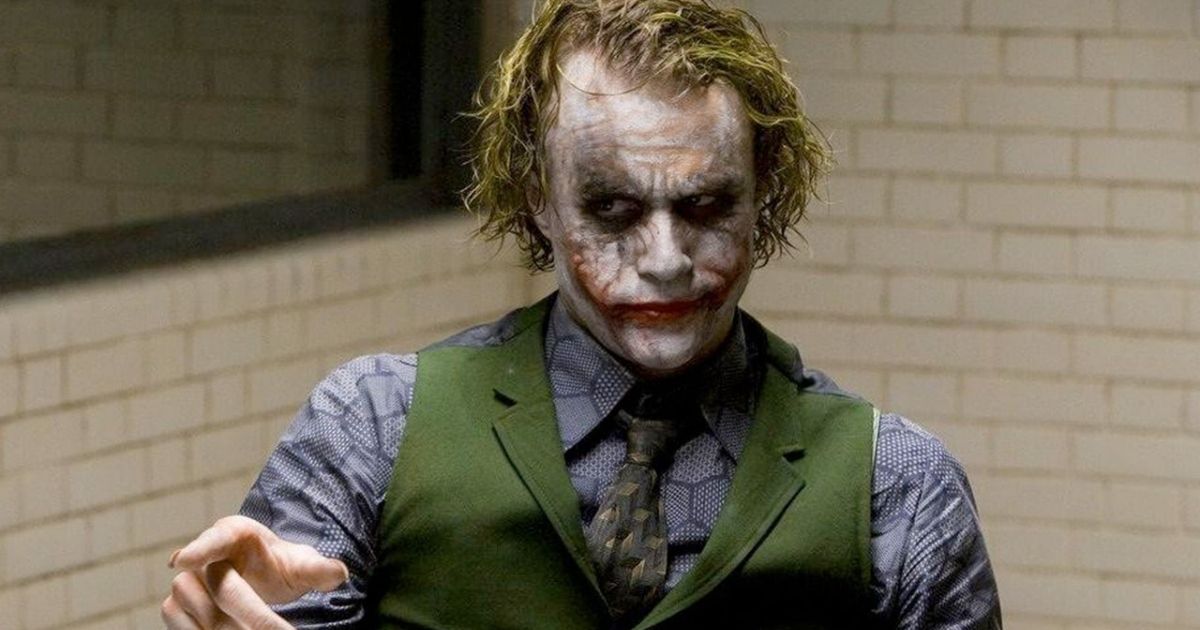

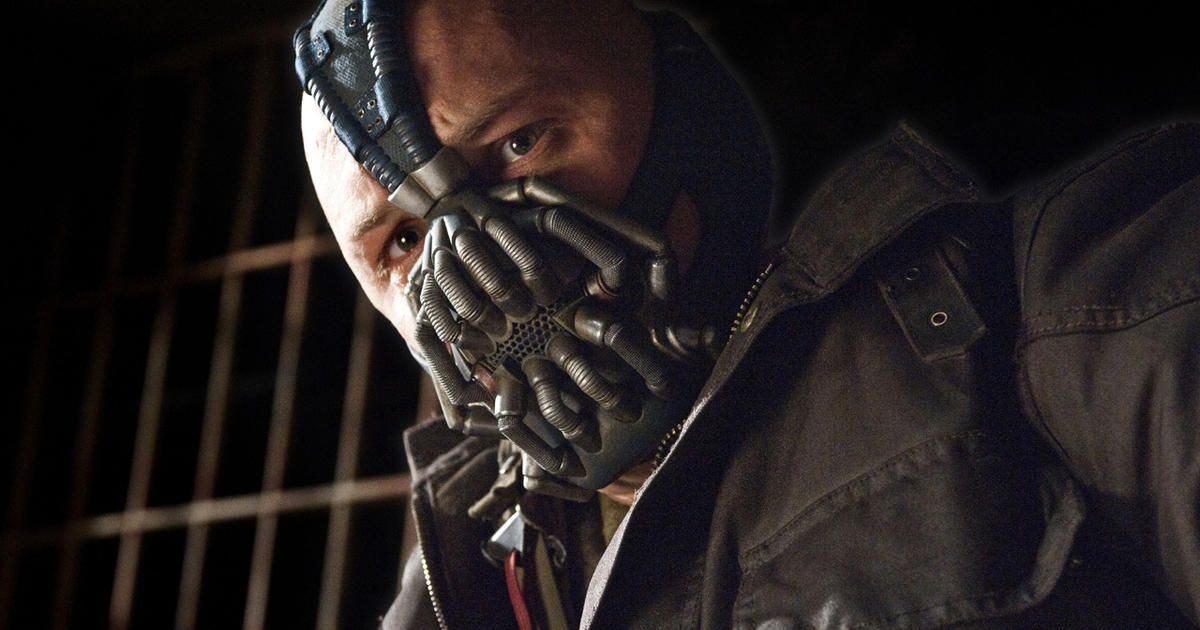
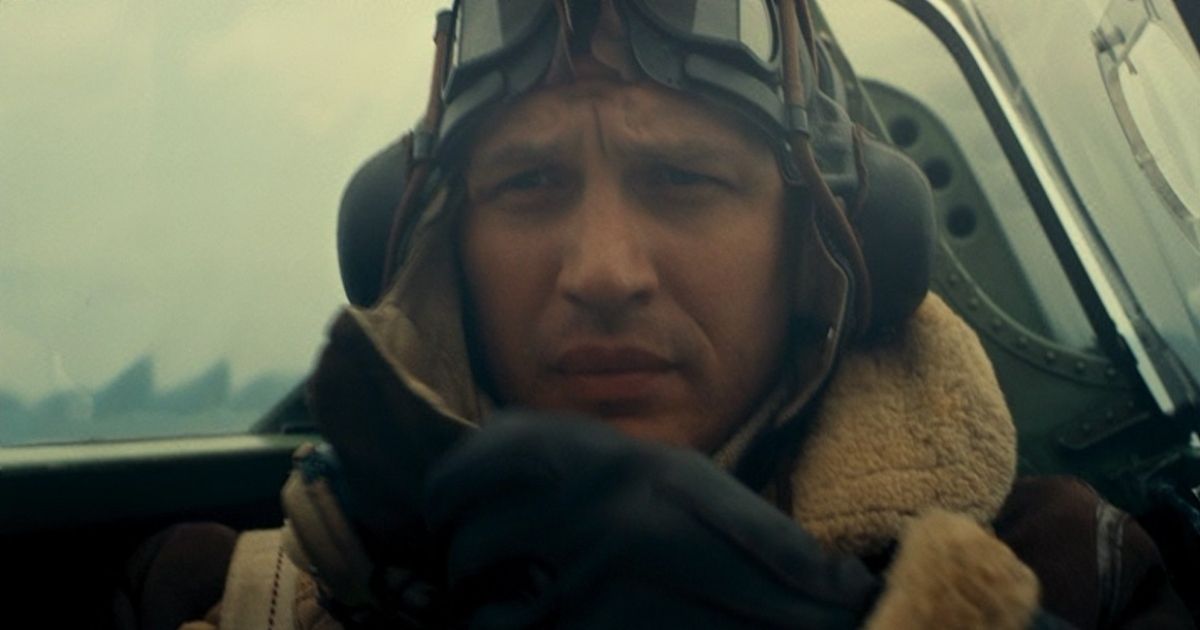
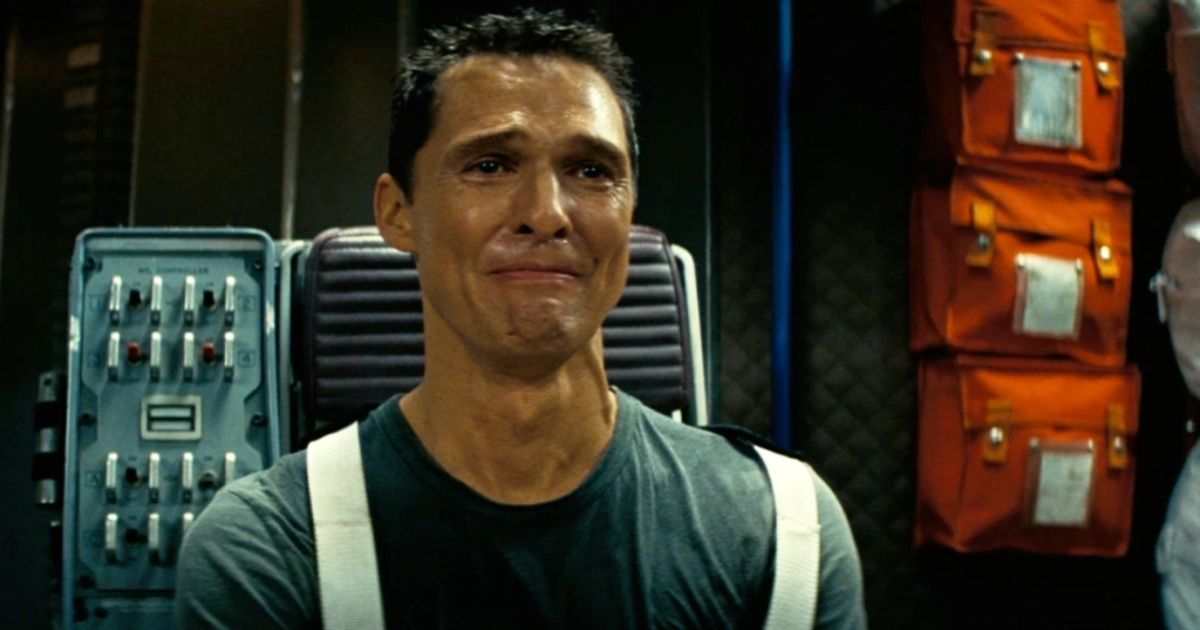
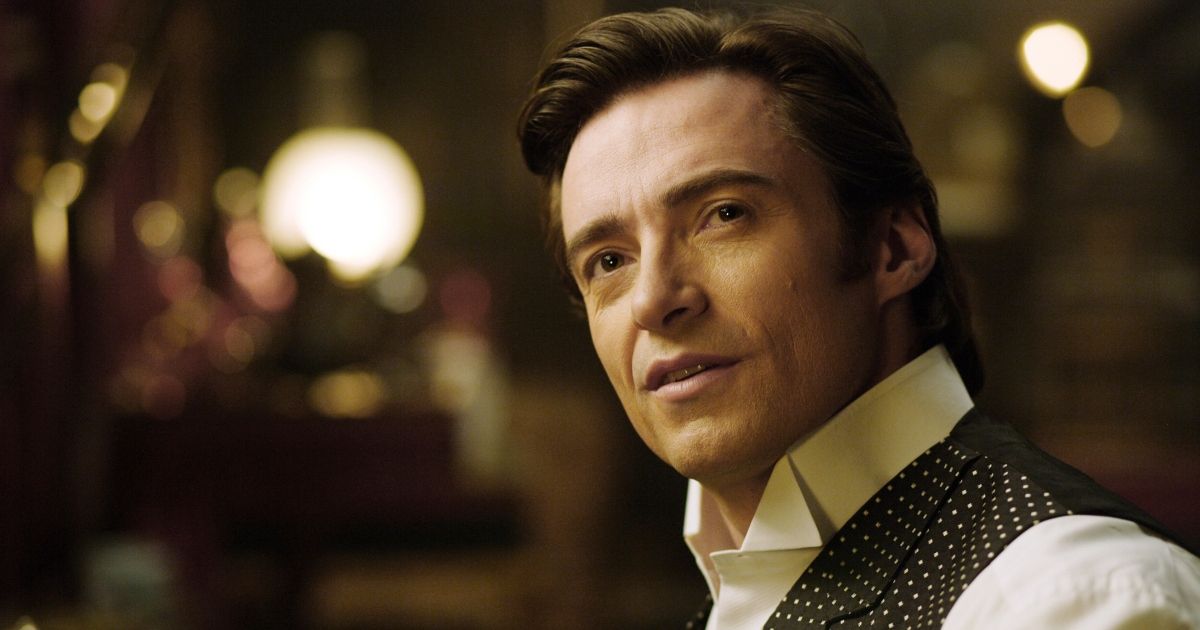
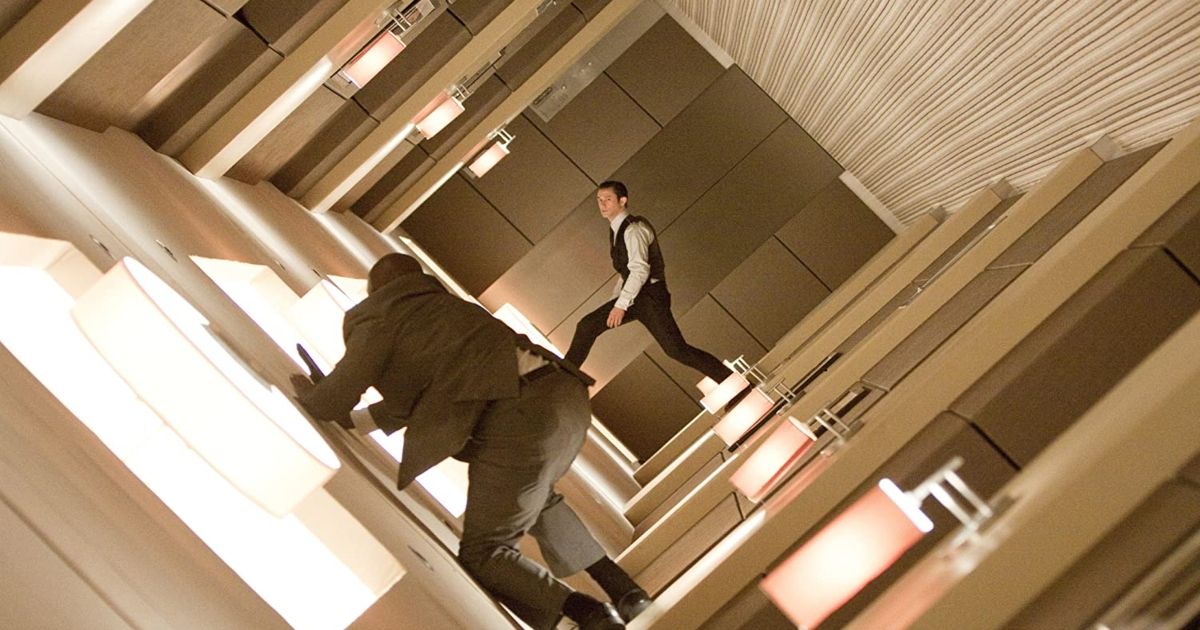
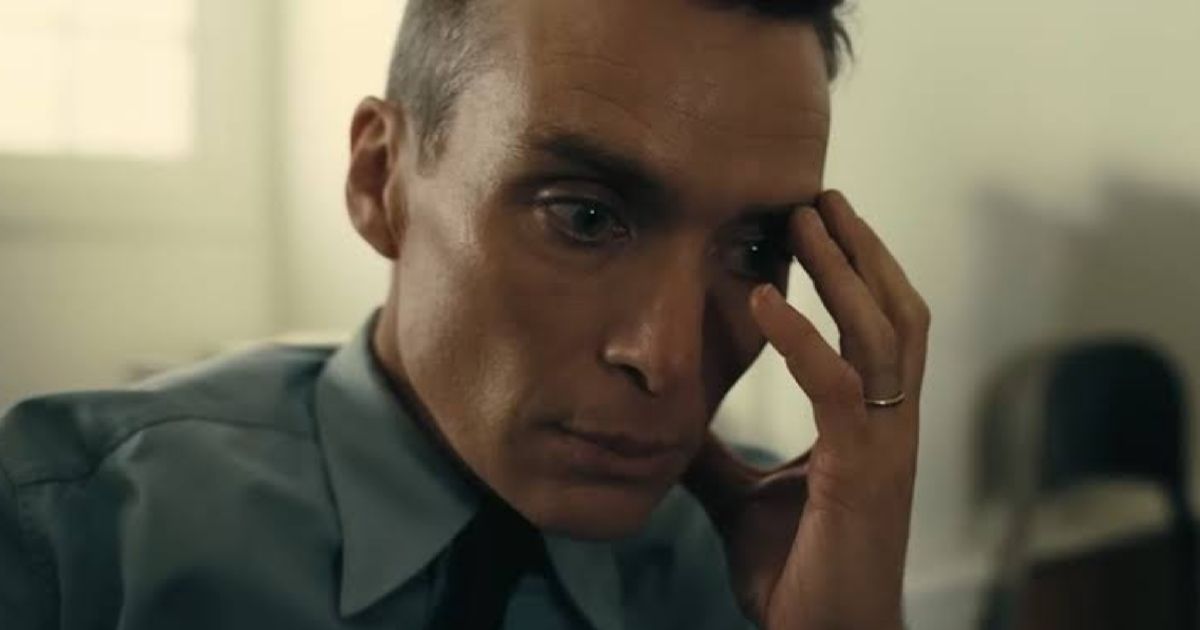
Comments
Post a Comment